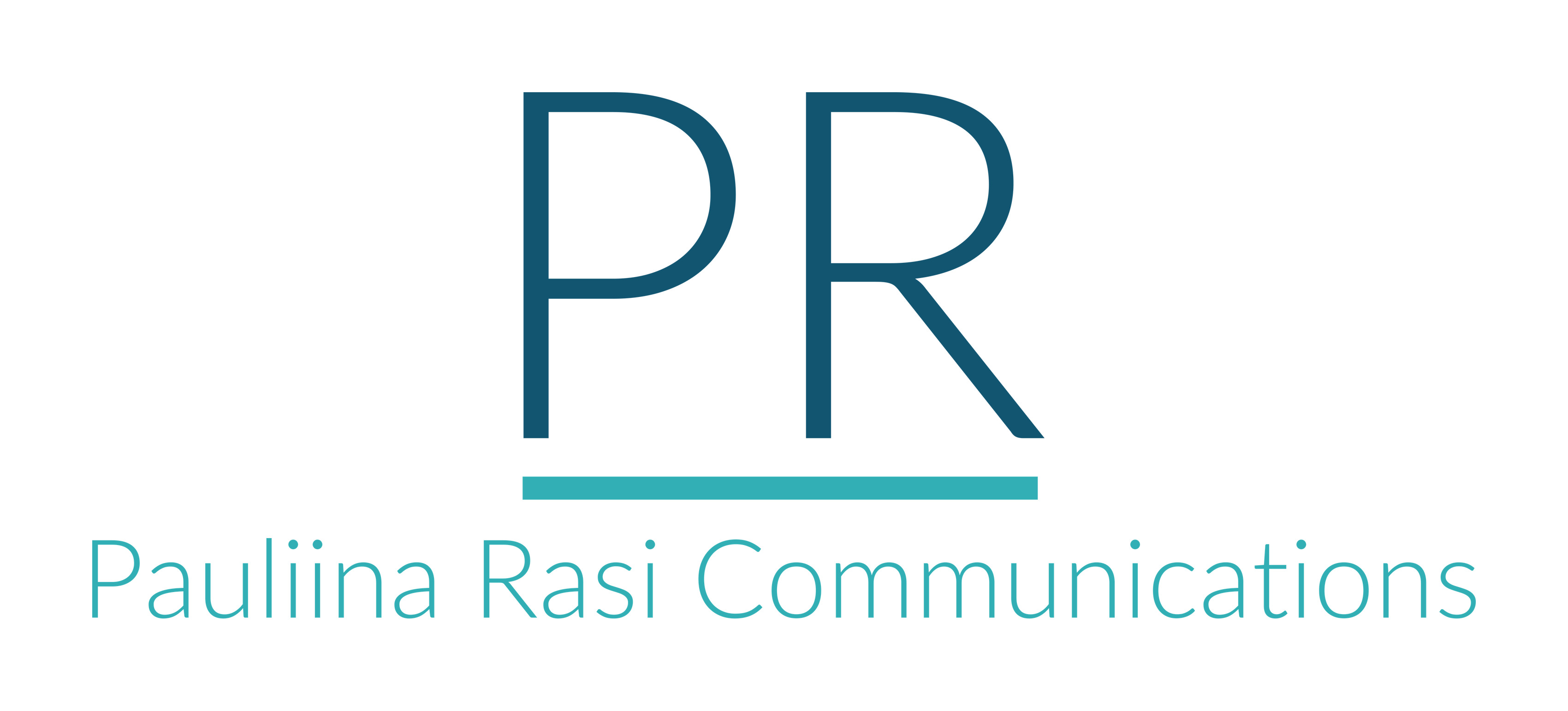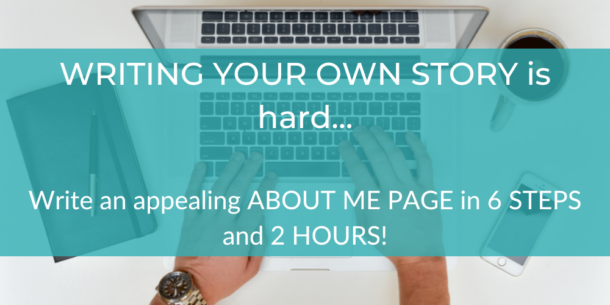
The “About Me” page is a not-to-miss chance to connect with your clients. When was the last time you updated yours?
What is your business website’s “About Me” or “About Us” section telling your readers?
If it’s the business history in chronological order, or a copy-and-paste of your LinkedIn “About” section written five years ago (or more!), it is time for an update.
The “About Me” and “About Us” pages are huge traffic generators that more than half of website visitors check out. That makes them a prime spot to build likability, knowledge and trust among your readers and support them on their journey from website visitors to loyal clients.
But as a smart business owner, you probably knew all of that already. You also know that writing about yourself is one of the hardest writing tasks of all time.
To help you accelerate the journey from “What would I even say?” to “My story is ready, and it resonates with my clients”, I’ve shrunk the process to six simple steps.
Download the template for future use and get going!
Write and re-write your “About Me” page in one hour!
1. START WITH AN ANECDOTE
Start your “About Me” page with an anecdote that captures your readers’ attention. It doesn’t need to be long – but it needs to grab a reader’s attention to keep them hooked so that they keep reading on.
Take a moment to think about what is your core story. What makes you and your business unique and what sets you apart? Remember that we are now looking at things from a professional perspective, not personal.
Some ideas to get you started:
- What made you want to start your own business?
- Did you identify a gap in the market no one else was addressing?
- Have you struggled with the same pain point your clients are struggling with now?
- Have you gone through a professional pivot that brought you where you are now?
- Is there something unlikely or uncommon about your background?
2. Identify a hero and their obstacles
Once you’ve identified your core message or story, it’s time to look at the other characters in the story. You’ll need a hero, a villain and some obstacles that get in the way.
You – and your clients – are the heroes. What was the villain you were struggling with? Is it the same problem your clients are facing now, or something different? Which obstacles did you need to overcome to get to where you are now?
When drafting your first version, ask yourself:
- What obstacles have I faced and overcome as an entrepreneur?
- What are the problems I’m solving for my customers?
- How does this experience make me who I am today?
STEP-BY-STEP ADVICE: TURN ANY TEXT INTO A STORY
3. Write and rewrite
Give yourself time to write a few versions of your “About Me” page. This is a hard one because you are writing about yourself and your personal experiences. It is normal for this process to feel uncomfortable.
Write two or three different versions to see which themes and stories pop up. Which one feels the most relevant and authentic? If you’re not sure, ask your business partners or close friends to help you pick one.
If you get stuck, try the free-flow writing method: Set a timer to 10 or 15 minutes, and write whatever comes up. Keep the pen on paper (or your keyboard clacking) as a way to avoid self-censoring. Only when the time is over, go back and edit your text.
4. ALIGN PERSONAL AND PROFESSIONAL
When you’re working on the different versions of your story, check how you’re balancing the personal and professional aspects of your story. While this is your professional story, it also needs to be relatable. You can be vulnerable and share your lessons learned, but you’ll also want to keep the story focused on your clients and the value you deliver now.
When editing your story, you’ll need to make a few choices and selections to keep the story relevant.
Keep asking yourself:
- How does this experience relate to the service I’m offering now?
- How does this make me better at my job?
- Does it relate to my unique differentiators?
5. Ask for feedback
Now your story should be more or less done, right? Show it to a couple of trusted friends or colleagues and ask them how they feel about it. You may want to ask them these questions:
- How do they perceive you when they read the story?
- Do they recognise you?
- Does the text sound like you?
- Does your core message come across?
Even after putting the finishing touches to the text, you’ll want to keep a close eye on the feedback your new story gets. Be prepared to adapt it as time goes by.
6. PUBLISH IT – ANd not only once!
Once your story is clear and compelling, make sure you make the most of it! The “About Me” page is one crucial location to share your path, but there are plenty of others.






Recent Comments